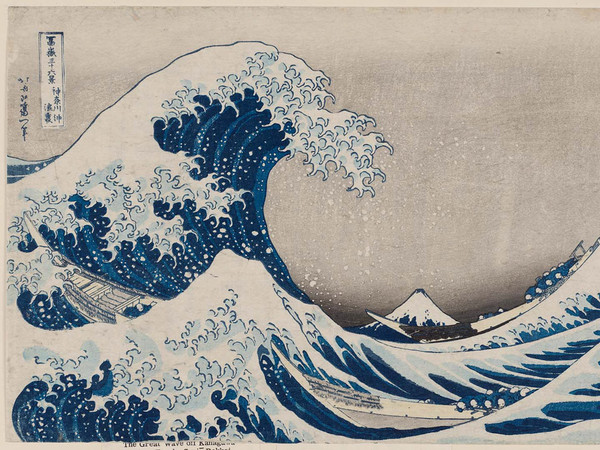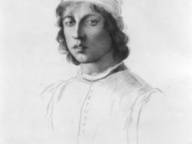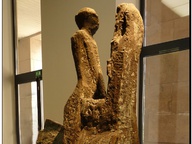Immortalize the moment. The Wave by Hokusai and the actors of Kunisada
Katsushika Hokusai, La Grande Onda, 1830-1831 circa, Xilografia, 252 x 377 mm, Boston, Museum of Fine Arts
From 23 Settembre 2014 to 31 Dicembre 2014
Turin
Place: MAO - Museo d'Arte Orientale
Address: via San Domenico 11
Ticket price: free entry; guided tour € 4
Telefono per informazioni: +39 011 5211788
E-Mail info: info@fondazionetorinomusei.it
Official site: http://www.maotorino.it
A giant wave, almost frozen in the moment immediately preceding the fall of his fragile craft that defy the waves; almost claw suspended in the foam that fits into the hollow of the wave itself the eternal shape of Mount Fuji, motionless witness of the drama that is about to be consumed in the life of fleeting time, the "floating world, of ukiyo-e.
This print, which has become an icon of Japan in the West, grew out of the artistic genius of Hokusai (1760-1849) in the early 30's of 1800, and was printed and reprinted.
The MAO owns a valuable copy not of the first run and submit it to the public periodically to avoid prolonged exposure to the damaging light.
During the Culture Week, the gallery of prints on the second floor of Japan proposes visitors a selection of ukiyo-e woodblock prints with subjects drawn from the kabuki theater. The works are from the second half of 800, and the author most represented Utagawa Kunisada (1786-1864) during the long-established leader of the Utagawa school. The artistic production of Kunisada is boundless, and he is rightly considered the author of the nineteenth century's most influential part delleyakusha-e, prints depicting famous actors. In mounting his style is compared with that of some of the original artists and followers as Tsukioka Yoshitoshi (1839-1892).
What unites therefore the "Great Wave" by Hokusai portraits of kabuki actors by Kunisada? An answer is contained in the very idea of "suspension" of latent energy that both of these representations recall. Much of the artists delkabuki are portrayed in scenes highlight of the drama, when you immobilize poses tense in Japanese calls "my." And, looking at the big wave instinctively know that a moment later will fall in all its power, so the enthusiastic theater knows that in the next moment the actor will share in the action, descending again into that "floating world" made of movement in which we live, and that he had abandoned for that imperceptible moment of eternity that art alone can capture.
This print, which has become an icon of Japan in the West, grew out of the artistic genius of Hokusai (1760-1849) in the early 30's of 1800, and was printed and reprinted.
The MAO owns a valuable copy not of the first run and submit it to the public periodically to avoid prolonged exposure to the damaging light.
During the Culture Week, the gallery of prints on the second floor of Japan proposes visitors a selection of ukiyo-e woodblock prints with subjects drawn from the kabuki theater. The works are from the second half of 800, and the author most represented Utagawa Kunisada (1786-1864) during the long-established leader of the Utagawa school. The artistic production of Kunisada is boundless, and he is rightly considered the author of the nineteenth century's most influential part delleyakusha-e, prints depicting famous actors. In mounting his style is compared with that of some of the original artists and followers as Tsukioka Yoshitoshi (1839-1892).
What unites therefore the "Great Wave" by Hokusai portraits of kabuki actors by Kunisada? An answer is contained in the very idea of "suspension" of latent energy that both of these representations recall. Much of the artists delkabuki are portrayed in scenes highlight of the drama, when you immobilize poses tense in Japanese calls "my." And, looking at the big wave instinctively know that a moment later will fall in all its power, so the enthusiastic theater knows that in the next moment the actor will share in the action, descending again into that "floating world" made of movement in which we live, and that he had abandoned for that imperceptible moment of eternity that art alone can capture.
SCARICA IL COMUNICATO IN PDF
COMMENTI

-
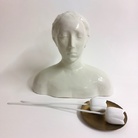 Dal 26 febbraio 2025 al 05 maggio 2025
Venezia | Museo Fortuny
Dal 26 febbraio 2025 al 05 maggio 2025
Venezia | Museo Fortuny
-
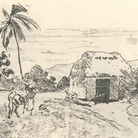 Dal 01 marzo 2025 al 29 giugno 2025
Torino | Museo Storico Nazionale d’Artiglieria dell’Esercito – Mastio della Cittadella
Dal 01 marzo 2025 al 29 giugno 2025
Torino | Museo Storico Nazionale d’Artiglieria dell’Esercito – Mastio della Cittadella
-
 Dal 27 febbraio 2025 al 29 giugno 2025
Milano | Palazzo Reale
Dal 27 febbraio 2025 al 29 giugno 2025
Milano | Palazzo Reale
-
 Dal 28 febbraio 2025 al 09 giugno 2025
Roma | Accademia di Francia a Roma – Villa Medici
Dal 28 febbraio 2025 al 09 giugno 2025
Roma | Accademia di Francia a Roma – Villa Medici
-
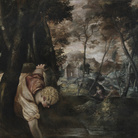 Dal 22 febbraio 2025 al 29 giugno 2025
Forlì | Museo Civico San Domenico
Dal 22 febbraio 2025 al 29 giugno 2025
Forlì | Museo Civico San Domenico
-
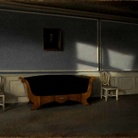 Dal 21 febbraio 2025 al 29 giugno 2025
Rovigo | Palazzo Roverella
Dal 21 febbraio 2025 al 29 giugno 2025
Rovigo | Palazzo Roverella
